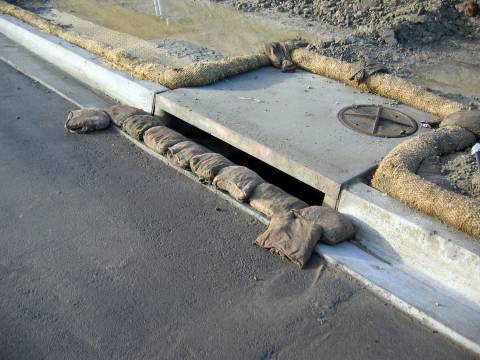
Larimer County has a long history of protecting our natural resources. When dealing with stormwater, the County, as well as business owners, residents, and land developers all play an important role in protecting the quality of the stormwater that leaves their property. Water quality is important for the whole community and Larimer County is committed to protecting this valuable resource through the various programs it implements.
What is a MS4?
A MS4 is defined as a conveyance or system of conveyances that carry stormwater. Conveyances like roads with drainage systems, municipal streets, catch basins, curbs, gutters, ditches, or storm drains all carry stormwater. The term “Separate” indicates that the system is separate from the sanitary sewer system, which carries sewer effluent to a water treatment facility. It’s important to realize that the stormwater system carries stormwater, untreated, to its eventual discharge point, which is typically a lake, river or stream. But it can also be a pond where the water infiltrates into the ground.
MS4 is also a term that describes the owner/operator of the stormwater conveyance system. Usually this is a municipality or a county, but it can also be a school or even CDOT. Each MS4 is permitted by the State of Colorado to discharge stormwater to a water of the state like a lake, river or stream if they implement water quality controls to reduce the amount of pollution in the discharged stormwater.
